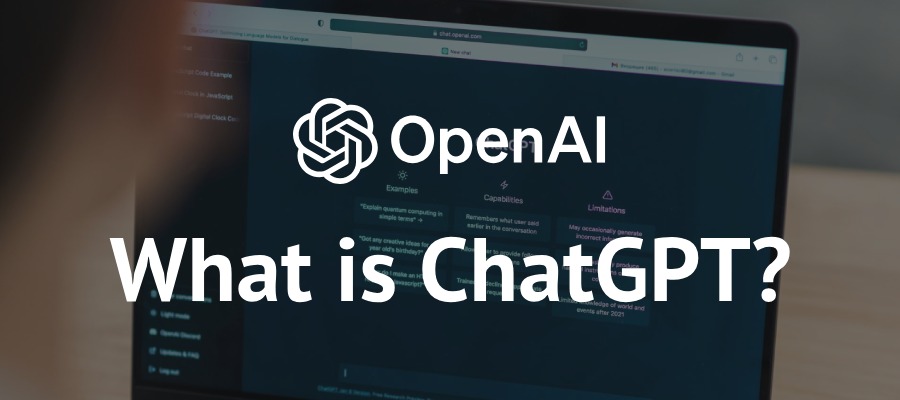
What is ChatGPT? An Introduction to Advanced Conversational AI
In the rapidly evolving world of technology, artificial intelligence (AI) continues to leap forward, revolutionizing the way we interact with digital systems. One of the most fascinating advancements in this arena is ChatGPT, a state-of-the-art conversational AI developed by OpenAI. ChatGPT is designed to understand and generate human-like text, facilitating intelligent conversations between machines and humans. This breakthrough technology is not just about responding to queries; it's about understanding context, providing relevant information, and engaging in meaningful dialogues.
The Genesis of ChatGPT
ChatGPT is a variant of the GPT (Generative Pre-trained Transformer) models, which are based on transformer architectures. These models are trained on vast amounts of text data to predict the next word in a sentence. The "Chat" part in ChatGPT emphasizes its optimization for conversational contexts, enabling it to provide responses crafted for dialogue engagement rather than isolated information delivery.
OpenAI, the research organization behind ChatGPT, has iterated through several versions of their GPT models, with each new iteration bringing significant improvements in understanding and generating human language. As of early 2024, the latest iterations of ChatGPT are astoundingly capable, showcasing an unprecedented level of linguistic and conversational competence.
How Does ChatGPT Work?
At its core, ChatGPT operates on a machine-learning framework called transformers. This framework allows the model to weigh the importance of different words in a sentence, understanding not just the literal meaning but also the context and subtext. By pre-training on diverse internet text, it learns patterns, idioms, facts, opinions, and the mechanics of conversation.
The technology further refines its abilities through supervised learning and reinforcement learning from human feedback (RLHF). This means that after its initial training, human trainers provide corrections and guidance, helping ChatGPT to learn from its mistakes and improve its responses.
Applications of ChatGPT
ChatGPT's versatility makes it suitable for a wide range of applications. Here are a few examples:
- Customer Support: Automated yet personalized responses to customer queries, reducing wait times and improving user satisfaction.
- Content Creation: From drafting articles to generating creative stories, ChatGPT can assist or lead content generation efforts.
- Education and Tutoring: Personalized tutoring, homework assistance, and language learning are becoming increasingly accessible via ChatGPT-powered platforms.
- Technical Support and Coding: Offering guidance on coding problems, debugging issues, and even generating code snippets.
- Entertainment: ChatGPT can craft jokes, write poems, and engage users in interactive storytelling.
The Ethical Considerations
With great power comes great responsibility. As ChatGPT becomes increasingly integrated into everyday life, concerns about privacy, misinformation, biases, and job displacement arise. OpenAI and the broader AI community are actively engaged in discussions and research aimed at addressing these concerns. Ensuring that conversational AI is used ethically and responsibly is crucial to its long-term acceptance and success.
The Future of ChatGPT
The future of ChatGPT and conversational AI looks incredibly promising, with potential advancements that could further humanize AI interactions, making them more natural and intuitive. The technology might evolve to understand emotional cues or incorporate multimodal inputs (such as images and voice) for even richer interactions. As AI research progresses, we can expect ChatGPT and its successors to become ever more integral to our digital lives, reshaping industries, education, and entertainment.
Conclusion
ChatGPT represents a significant milestone in the journey of AI, offering a glimpse into a future where humans and intelligent machines communicate seamlessly. Its development not only showcases the potential of machine learning to understand and generate human language but also opens the door to countless applications that can benefit society. As we navigate this brave new world, the dialogues we have with machines like ChatGPT will continue to shape the trajectory of artificial intelligence, making it an exciting area to watch in the years to come.

